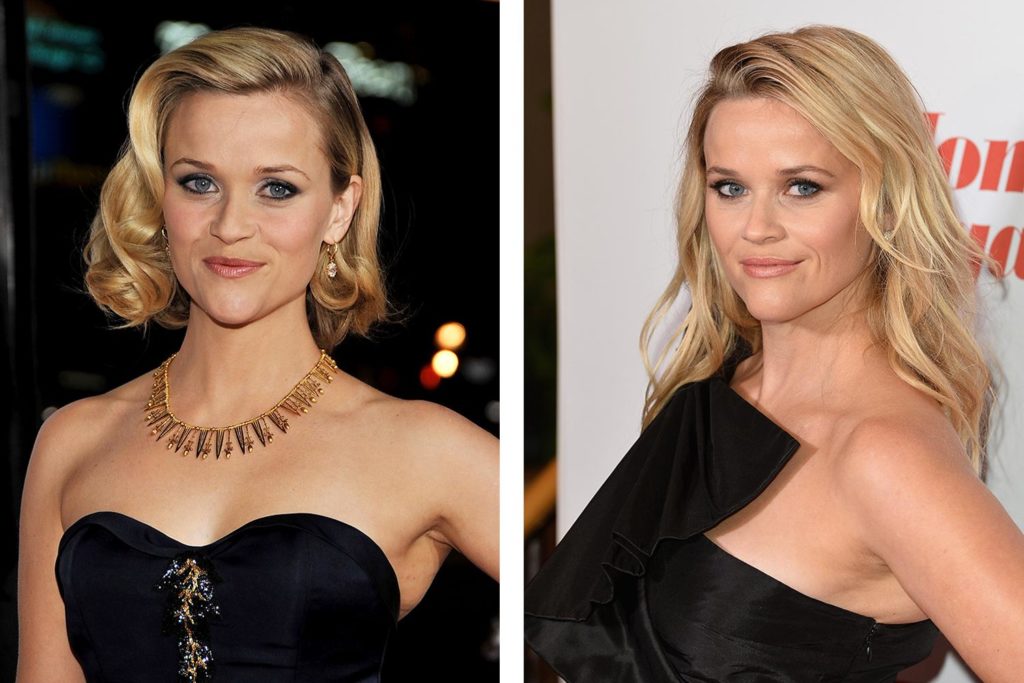That “10-Years Challenge” stunt that become a big deal on Facebook a couple years back is great if you’re Reese Witherspoon or Rob Lowe.
But if you’re pretty much anybody else, it’s not a good look. For many of us, 10 years is often the equivalent of gaining 10 pounds. Or worse.
As much as it might pain me to run side by side photos of me from today and a decade ago, the real thrill ride is traveling back in time to the JacoBLOG from March 2012. And that’s why I never go back that far. You never know what you’re going to see. It’s all archived and searchable, by the way. Not that I’m encouraging you to go back to those dusty Internet archives. For all of our sakes, this blog is better read in the present.
I’m always leery about what I was bloviating about back then. How dated is it? How wrong-headed could I possibly have been? So I don’t even want to look.
The good news is the posts were shorter – in many cases, a lot shorter. There are fewer pictures and illustrations, too. But it’s the same guy at the keyboard pecking away.
Throwing caution to the wind, today on #ThrowbackThursday we’re taking that leap back into the blogosphere – a jump back exactly a decade. Radio was a different place back in 2012, but the signs were there. Interestingly, the topic was the viability of video for radio. Let me know if I pass the test. – FJ
“Through The Radio Lens” – March 2012
Regular readers of this blog know my position that radio has essentially become a visual medium by virtue of the available digital tools. From websites to social media links to YouTube videos to webcams, the opportunity for radio to “supply pictures” has never been better.
 But many radio traditionalists fight this idea, thinking that they still have a front row seat in the “theater of the mind.”
But many radio traditionalists fight this idea, thinking that they still have a front row seat in the “theater of the mind.”
Antony Young, CEO of Mindshare, recently wrote a piece in AdAge about the importance of the visual culture in the social space. The growth of Pinterest, Instagram, and other channels, along with the knowledge that pictures on Facebook and Twitter motivate sharing should not be lost on the folks sitting behind the mics or scheduling music logs.
A number of radio people are doing a great job in this space, something that I will be talking about at this year’s Morning Show Boot Camp. Leo LaPorte (“The Tech Guy”) was talking about the power of using a webcam for every one of his radio shows way back at Summit 13 in 2008.
And from the Bonneville stations in Chicago to Entercom Sacramento to Andy Chanley’s daily venture into video at Bonneville’s KSWD/Los Angeles, more and more radio people have gotten the video memo.
As Antony Young notes, “Consumers are compiling and sharing photos and video, like an earlier generation collected LPs and bumper stickers, as their version of defining and projecting their individual identity.”
That earlier generation Young talks about is us – whether we were wearing Loop T-shirts or plastering our cars with WRIF or KQRS stickers back in the ’80s. These visual signposts were a reflection of who we were and the type of images we wanted to convey to others.
The chief revenue officer of Luminate, Chas Edwards, calls it an “image strategy,” and like mobile and social, it is now becoming standard operating equipment for media brands.
Even in radio.
Especially for radio.
- Media And Technology In 2025: Believe It Or Not! - April 18, 2025
- In Radio, You Just Never Know - April 17, 2025
- The Secret To Making A Great Podcast (And Great Radio) - April 16, 2025





Fred, congratulations on ten years! How many blogs during that time have started with ambition and good intentions, then faded away? But you’ve stuck with it…and on a daily publication schedule to boot! That’s impressive dedication. Thanks for the many times you’ve challenged us and sparked important conversations.
Much appreciated, Carl. Thanks for reading it.
I still can’t understand how do you manage to publish an article each day and still find topics to talk about, day after day, year after year.
I write 2 articles a week since 2017, and sometimes I pass a lot of time figuring out what my topic will be.
And, then, I see you publish dozens of posts a day in Twitter and Facebook, each one with a different message and picture.
Thanks for all the knowledge you share, Fred, and congratulations for your great work!
Appreciate the kind words. Obviously, I love it or I wouldn’t do it. Part of the process of writing these posts is that it’s how I learn and how I “test drive” theories.
And to complement the article you published, 5 years later I was launching La Kalle, a radio station in Bogota, Colombia, simulcasting its signal on television.
In it you can see the disc jockeys doing their programs and shifts on the air, wearing makeup, in a television studio with lighting, a stage, a green back screen (for the use of chromakey), a camera switcher and two operators.
The initial idea was also to stream video, but the issue of rights has made it impossible.
5 years after, La Kalle is the number 3 most listened radio station in Bogota, and growing strong…
Visuals matter. It’s another way listeners engage with stations and personalities. Thanks, Tito.